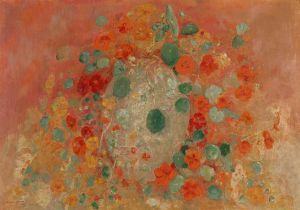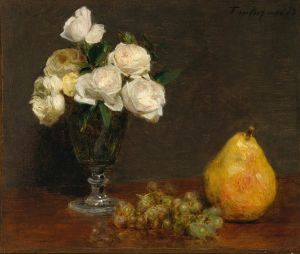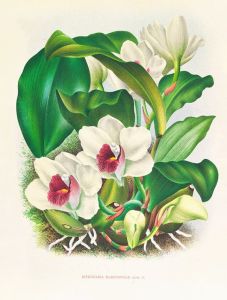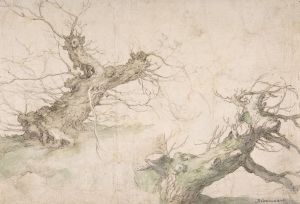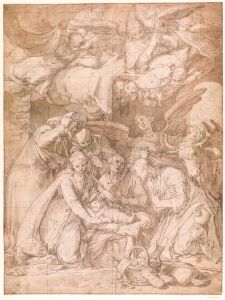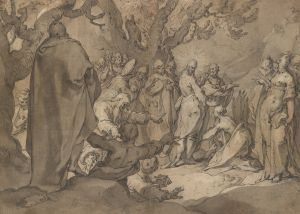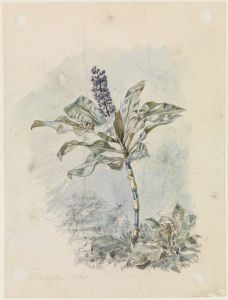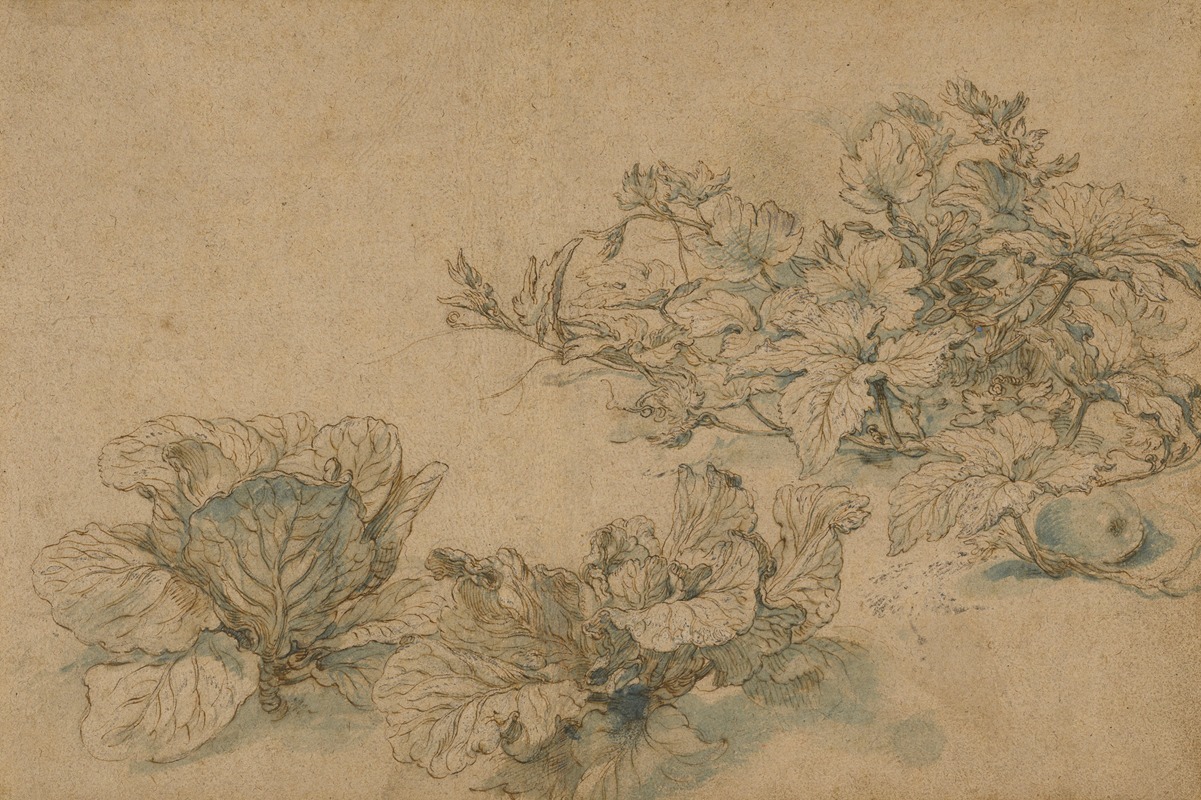
Studies of a Marrow Plant and Cabbages
A hand-painted replica of Abraham Bloemaert’s masterpiece Studies of a Marrow Plant and Cabbages, meticulously crafted by professional artists to capture the true essence of the original. Each piece is created with museum-quality canvas and rare mineral pigments, carefully painted by experienced artists with delicate brushstrokes and rich, layered colors to perfectly recreate the texture of the original artwork. Unlike machine-printed reproductions, this hand-painted version brings the painting to life, infused with the artist’s emotions and skill in every stroke. Whether for personal collection or home decoration, it instantly elevates the artistic atmosphere of any space.
"Studies of a Marrow Plant and Cabbages" is a drawing created by the Dutch artist Abraham Bloemaert. Bloemaert, born in 1566 and deceased in 1651, was a prominent figure in the Dutch Golden Age of painting. He was known for his versatility in various artistic genres, including history painting, landscapes, and still lifes. His works are characterized by their meticulous detail and vibrant use of color.
The drawing "Studies of a Marrow Plant and Cabbages" is an example of Bloemaert's skill in botanical illustration. This piece showcases his ability to capture the intricate details of plant life, which was a significant aspect of his oeuvre. The drawing features detailed studies of a marrow plant and cabbages, rendered with precision and care. Bloemaert's attention to the natural forms and textures of the plants demonstrates his deep observation and understanding of botanical subjects.
Bloemaert's work in botanical illustration was part of a broader trend during the 16th and 17th centuries when artists and scientists were increasingly interested in the natural world. This period saw the rise of botanical gardens, herbals, and scientific studies of plants, which were often illustrated by skilled artists. Bloemaert's botanical drawings would have been valuable for both artistic and scientific purposes, contributing to the documentation and study of plant species.
The drawing is executed with fine lines and shading, typical of Bloemaert's draftsmanship. His use of light and shadow gives the plants a three-dimensional quality, making them appear almost lifelike. This technique reflects the influence of the chiaroscuro style, which Bloemaert employed in many of his works to enhance the sense of depth and realism.
"Studies of a Marrow Plant and Cabbages" is part of a larger body of work by Bloemaert that includes both drawings and paintings. His botanical studies are less well-known than his religious and mythological scenes, but they are nonetheless an important aspect of his artistic legacy. These works provide insight into the intersection of art and science during the Dutch Golden Age and highlight Bloemaert's contribution to the field of botanical illustration.
The drawing is held in a collection that preserves and showcases Bloemaert's work, allowing contemporary audiences to appreciate his skill and artistry. It serves as a testament to his ability to capture the beauty and complexity of the natural world, a theme that resonates throughout his diverse body of work.
In summary, "Studies of a Marrow Plant and Cabbages" by Abraham Bloemaert is a fine example of botanical illustration from the Dutch Golden Age. It reflects the artist's meticulous attention to detail and his contribution to the documentation of plant species. Bloemaert's work in this genre is an important part of his artistic legacy, demonstrating the intersection of art and science during a period of significant interest in the natural world.





